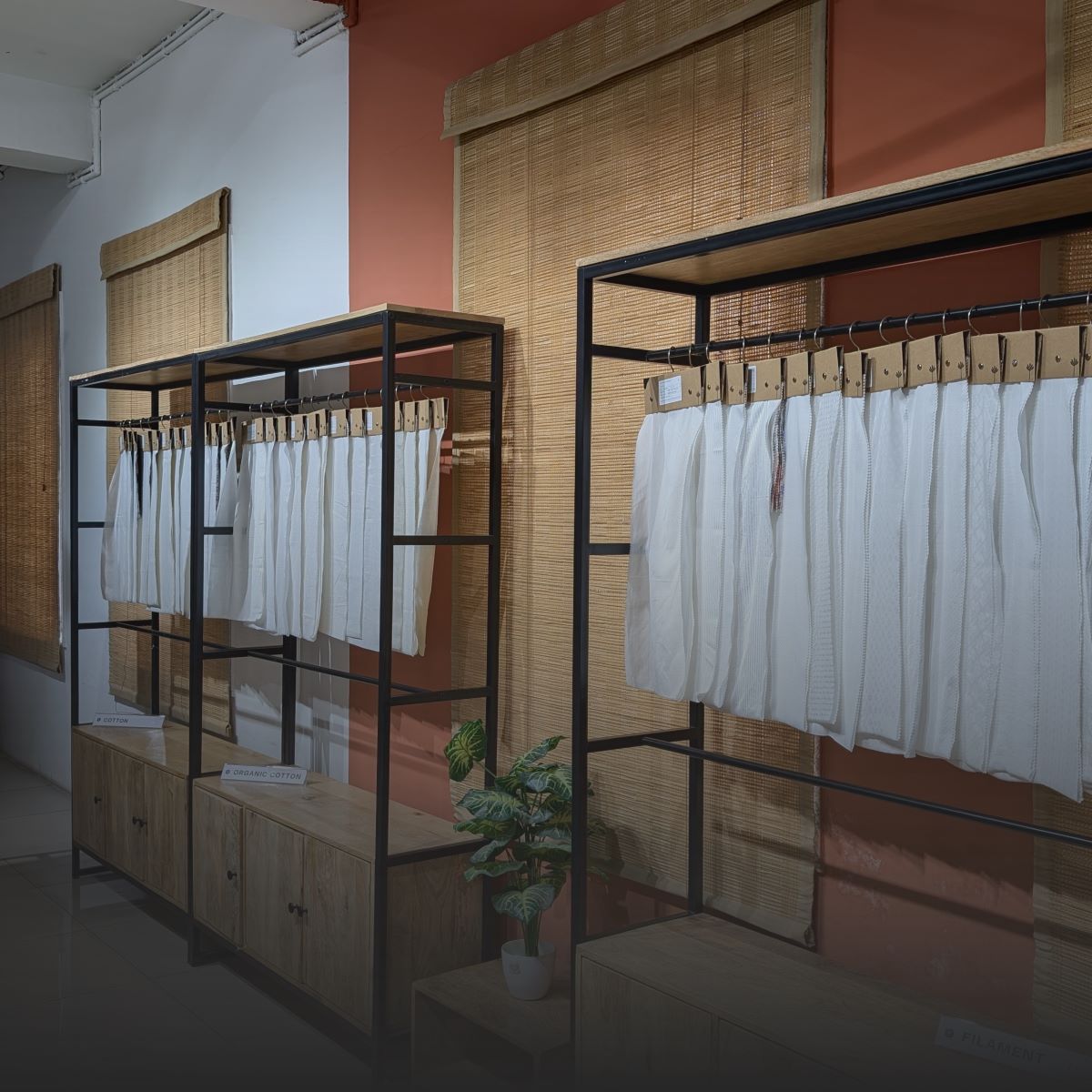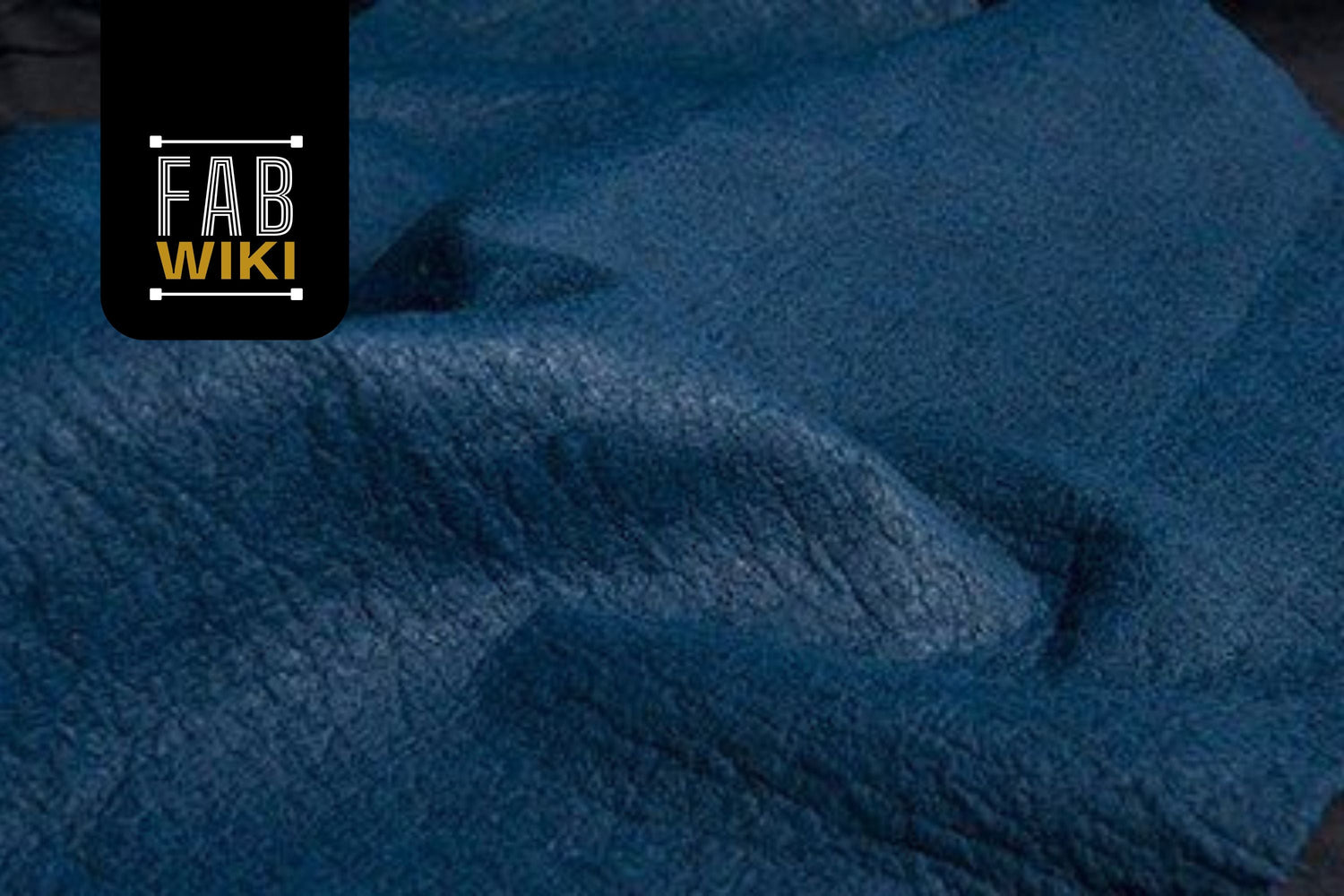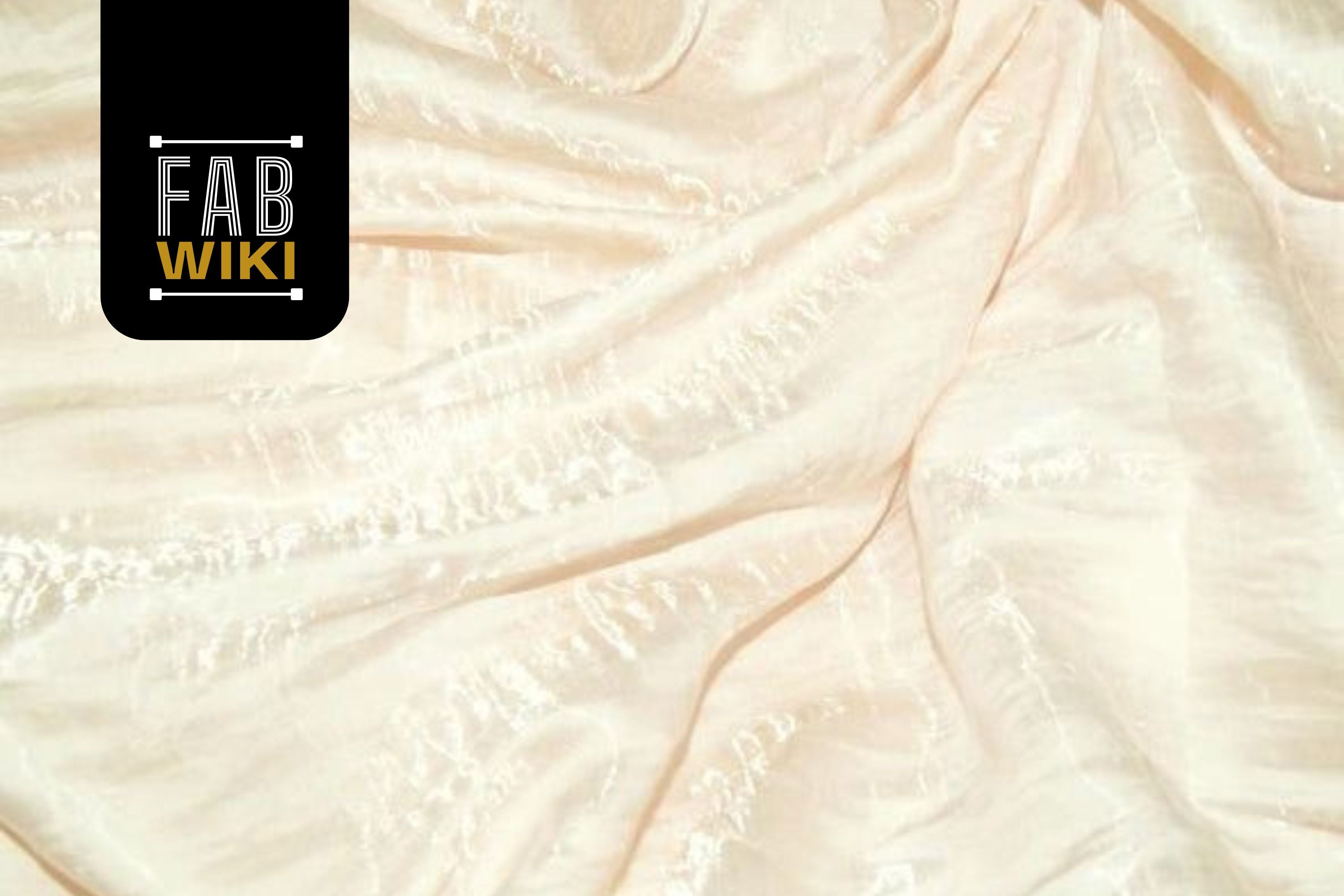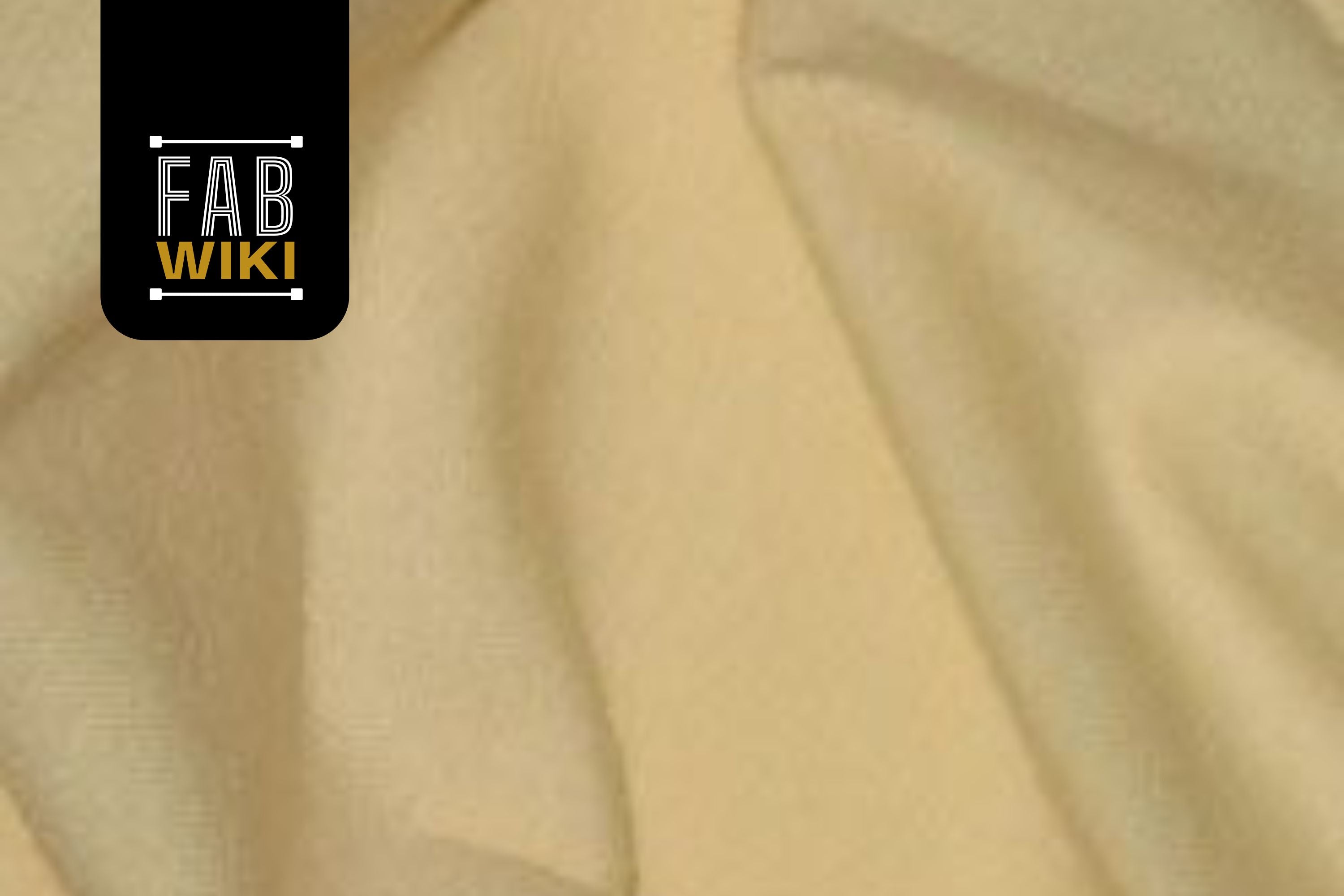Introduction
- Piñatex is a planet-friendly alternative to real leather.
- It helps reduce harm to animals and lowers environmental damage.
- Made from leftover pineapple leaves, which are usually thrown away.
- Supports a circular economy by turning waste into useful fabric.
- It's a new and smart choice for making fashion and textiles more sustainable.
What Is Piñatex Fabric?

Piñatex is a leather alternative fabric made from pineapple leaf fibers (PALF) combined with polylactic acid (PLA) and a bio-based coating, creating a sustainable, vegan, durable and lightweight non-woven textile used in fashion, accessories and upholstery.
Origin and Early Use
- The origin of Piñatex starts with Carmen Hijosa, a leather goods expert.
- In the 1990s, she became concerned about the environmental damage caused by leather production.
- While working in the Philippines leather export industry, she noticed how wasteful the process was.
- Carmen found inspiration in local weaving traditions and the pineapple plant, which was widely available but underused.
- In 2011, she founded Ananas Anam, the company that developed Piñatex.
- Her goal was to make a sustainable, eco-friendly and scalable material.
- Piñatex was created from this vision—turning pineapple leaf waste into a valuable textile.
How Piñatex Fabric Is Made
Piñatex fabric is made from pineapple leaves that farmers usually throw away. These leftover leaves are turned into a strong, eco-friendly material that feels like leather. Here's how Piñatex is made, step by step.
|
Step |
Description |
|
1. Pineapple Harvest |
After pineapples are harvested, the leftover leaves are collected instead of being thrown away or burned. These leaves are reused to make Piñatex. |
|
2. Fiber Extraction |
The fibers are taken out of the leaves using a machine in a process called decortication. This step is eco-friendly because it doesn’t use any water or harmful chemicals. |
|
3. Fiber Purification |
Enzymes are added to clean and soften the fibers by removing a substance called pectin. This helps make the material soft, breathable and good for making fabrics. |
|
4. Non-Woven Mesh |
The purified fibers are felted into a non-woven mesh, forming the base textile with a felt-like, fabric texture. |
|
5. Coating |
A resin coating (partially petroleum-based) is applied to enhance durability, water resistance and give a leather-like finish. |
|
6. Finishing Touches |
The coated fabric is washed and dyed using eco-friendly pigments, improving its appearance, softness and color variety. |
|
7. End Product |
The finished Piñatex fabric is rolled and shipped for use in bags, shoes, clothing, upholstery and other sustainable products. |
Popular Uses of Piñatex Fabric

Piñatex is incredibly versatile and has found applications in several industries:
-
Fashion: Piñatex is used to create bags, shoes, jackets, wallets and other accessories. Brands like Svala, No Saints and NAE Vegan Shoes have embraced Piñatex for their ethical and cruelty-free collections.
-
Upholstery: Piñatex is used for furniture such as sofas, cushions and drapes. Its durability and leather-like appearance make it a perfect alternative for vegan furniture.
- Interior Design: The fabric’s unique texture and flexibility make it ideal for use in home decor, including curtains, cushions and other household items.
Advantages of Piñatex Fabric
-
Cruelty-Free: Unlike traditional leather, Piñatex is 100% animal-free, making it an ethical choice for vegan and cruelty-free fashion.
-
Versatile and Durable: Piñatex looks like leather and is strong, so it lasts a long time and looks stylish.
- Low Carbon Footprint: Making Piñatex uses very little water and no harmful chemicals, which makes it better for the environment than real leather.
Disadvantages of Piñatex Fabric
-
Not Fully Biodegradable: While it is made from natural fibers, Piñatex does not biodegrade easily due to its coating, which is non-biodegradable.
-
Maintenance: Piñatex requires special care (such as waxing and avoiding high temperatures) to maintain its appearance and durability.
- Higher Cost: Although Piñatex is cost-effective compared to leather, its production processes may still result in a higher price point than synthetic alternatives.
How Piñatex Compares to Other Sustainable Fabrics
|
Material |
Source |
Biodegradable |
Durability |
Water Resistance |
|
Piñatex |
Pineapple leaf fiber (agricultural waste) |
Yes |
High |
Good |
|
Cotton plants (grown without chemicals) |
Yes |
Moderate |
Low |
|
|
Hemp plants |
Yes |
High |
Moderate |
|
|
Recycled Polyester |
Recycled plastic (e.g., bottles) |
No |
High |
High |
|
Apple Leather |
Apple waste (peels, cores) |
Partially |
Moderate |
Moderate |
|
Mushroom Leather |
Mycelium (fungus roots) |
Yes |
Moderate |
Moderate |
Care and Maintenance of Piñatex Fabric
- Waxing: Apply a little natural wax from time to time. This helps the fabric stay water-resistant and soft. Gently rub it on to keep it in good condition.
- Cleaning: Don’t use strong soaps or chemicals, as they can harm the fabric.
- Drying: Let the fabric dry naturally in the air. Don’t use a dryer or put it near direct heat, as that can damage it.
- Storage: Store Piñatex items in a cool, dry place, away from sunlight and chemicals. This will help maintain their quality over time.
Piñatex Fabric and Sustainability
- Piñatex is made from pineapple leaf fibers, which are usually discarded after harvest
- The fibers in Piñatex are biodegradable and do not contribute to plastic waste
- Pineapple farmers, especially in the Philippines, can earn extra income by selling the leaves
- It supports farming communities and promotes sustainable agricultural practices
Buying Guide: How to Source Quality Piñatex Fabric

-
Buy from a trusted source: Choose Ananas Anam or a certified supplier to ensure you're getting real and high-quality Piñatex.
-
Check certifications: Look for labels that confirm the fabric is sustainable, cruelty-free and environmentally friendly.
-
Test durability: If you are using Piñatex for items like shoes, bags or upholstery, make sure it meets your strength and wear-resistance needs.
- Choose the right color and texture: Piñatex comes in different finishes—select the one that best fits your design or product style.
Conclusion
Piñatex fabric is a smart and eco-friendly solution for the fashion world. It turns pineapple leaf waste into a high-quality material that is cruelty-free, stylish and better for the environment. By using Piñatex, brands can reduce their impact on the planet while offering durable and fashionable products.
As more people look for sustainable options, Piñatex is becoming a popular choice in ethical fashion. Whether it’s for vegan handbags, eco-friendly shoes or even home decor, Piñatex is a versatile fabric that supports both people and the planet.
FAQs
What is Piñatex fabric?
Piñatex is a sustainable, plant-based textile made from the long fibers of pineapple leaves—an agricultural byproduct of pineapple farming. Developed by Dr Carmen Hijosa, it serves as an eco-friendly and ethical alternative to animal leather. The production process uses minimal water and no harmful chemicals and supports circular economies by repurposing agricultural waste. Piñatex is widely used in fashion, accessories and interior design, with production centers in the Philippines, Spain and the UK.
Is Piñatex cheaper than leather?
Piñatex is typically more expensive than conventional leather due to its innovative processing, limited-scale production and sustainable materials. While the raw pineapple leaves are agricultural waste, the fabric’s eco-certifications, ethical labor practices and advanced finishing techniques contribute to higher production costs. However, for brands and consumers focused on sustainability and ethical sourcing, Piñatex offers strong value despite the premium price point.
Is piña fabric expensive?
Piña fabric, which includes both traditional handwoven pineapple textiles and modern Piñatex, is considered a high-value material. Traditional piña cloth used in Filipino formalwear is expensive due to its delicate, manual production. Piñatex, as a sustainable textile, also falls into the premium category because of its ethical manufacturing process, advanced research development and durability. Its cost reflects its environmental and social impact benefits.
Is Piñatex plastic-free?
Piñatex is not entirely plastic-free. While it consists of up to 80% natural pineapple leaf fibers, it also includes a blend of polylactic acid (PLA), derived from corn starch and a petroleum-based polyurethane (PU) coating to enhance durability and water resistance. The company has significantly reduced PU usage over the years and continues to work toward improved recyclability and biodegradability under controlled conditions.




